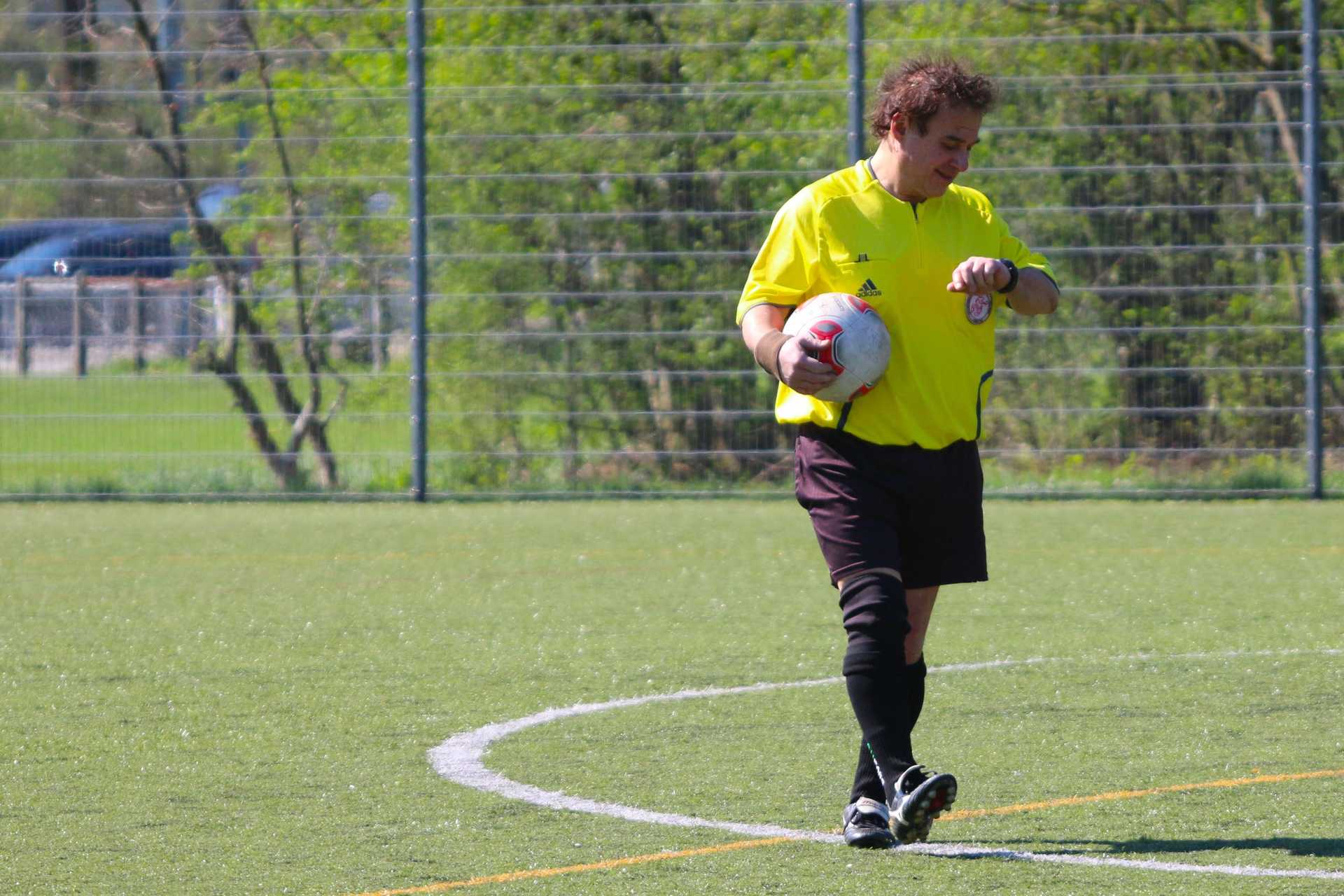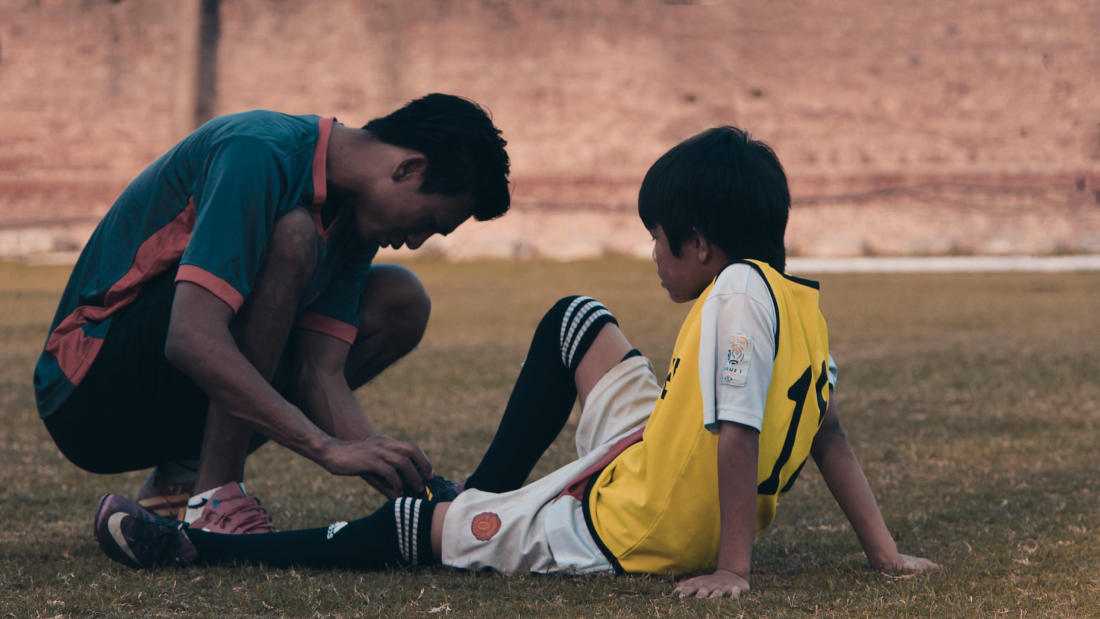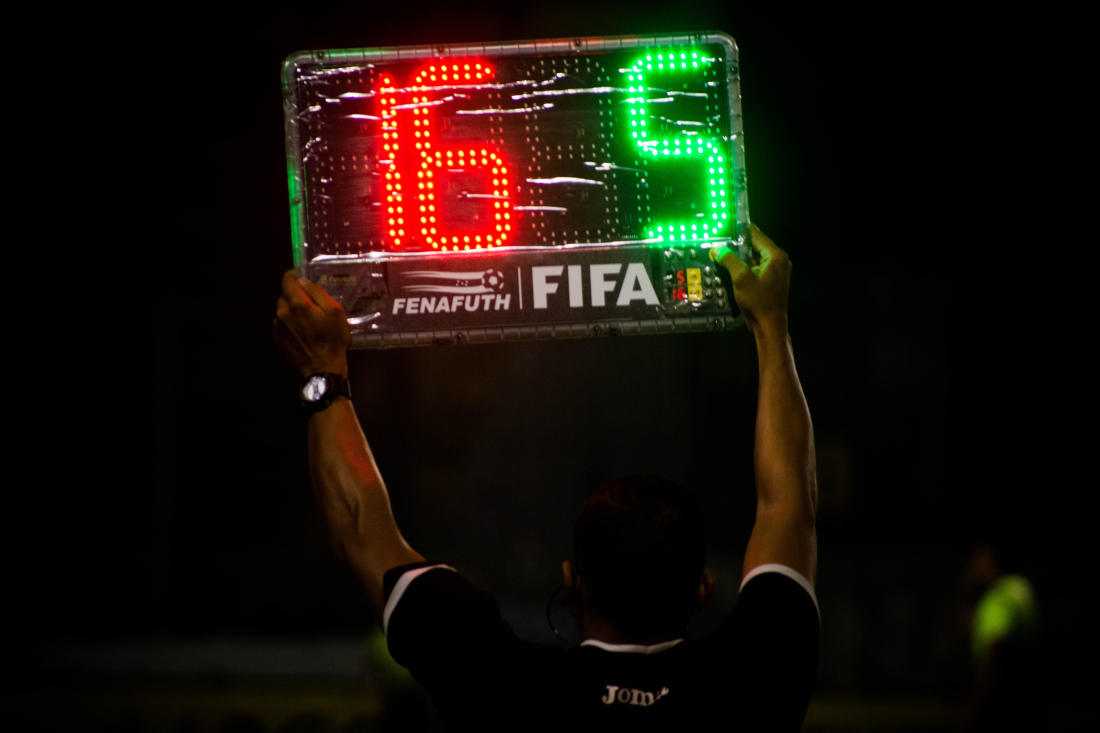How Long Is a Soccer Game?

Soccer is a sport played by millions of people around the world, and if you're a fan or a player, you may be wondering about the duration of a soccer game. How long does a match last? What factors can influence the length of a game? In this article, we'll delve into the answers to these questions.
The Official Length of a Soccer Game
The official rules of the game, as defined by FIFA, state that a soccer match will last for a total of 90 minutes, broken into two equal periods of 45 minutes. Any agreement to alter the duration must be agreed by both teams and the match officials before the start of play, and must still comply with any competition rules.
Between the two halves of play, the players are entitled to a break interval of no more than 15 minutes. The duration of the half-time break may be changed if agreed by the match officials before the start of play.
A diagram showing the timeline of a soccer game. Regular time consists of two 45-minute halves with a 15-minute break. Additional stoppage time may be added to each half. In knockout tournaments, extra time may be required, which consists of two 15-minute halves with a 1-minute break.
Factors That Can Affect the Length of a Soccer Game
Each period of play may be extended to make up for any time lost due to any of the following events:
- substitutions
- assessment of injury to players
- removal of injured players from the field of play for treatment
- wasting time
- disciplinary sanctions
- delays relating to VAR 'reviews'
- drinks breaks (which should not exceed 1 minute) and cooling breaks (90 seconds to 3 minutes)
- any other cause, including any significant delay to a restart (e.g. goal celebrations)

It is important to note that any extension in the match duration due to time lost is at the discretion of the referee. The game clock does not stop once it has started and it is the referee's decision as to when to blow the whistle to end the half. This extension is informally known as 'injury time' or 'stoppage time'.
Additional Time, Also Known as Injury Time or Stoppage Time
The amount of additional time that is awarded is only an estimation and will not accurately reflect the exact amount of time lost. It is common for the additional time to range between 2-5 minutes per half. If there has been a major injury that required lengthy treatment, it will not be uncommon for the extension to total 10 minutes or more.
In the professional game, during the final minute of each of the 45-minute halves, the referee will decide the minimum amount of additional time that will be applied. The fourth official will then raise a board that displays this value to the players and the crowd. It is important to note that this is the minimum amount of additional time, and can be extended further if necessary. However, it can never be reduced.
Additional time can only be applied to each half individually. The referee cannot extend the duration of the second half to compensate for an event that occurred during the first half.

Time Wasting Strategies
Since the game clock does not stop during play, and any extension is just an estimation of time lost, it is very common for soccer teams to waste time in an attempt to run down the clock. This strategy is most commonly deployed by teams that are winning by a fine margin, and are feeling under pressure from the opposition attacks.
Time wasting can be performed in many different ways, but the most common strategies include:
- Feigning injury so that the player can receive treatment from the team physios.
- Kicking the ball away after conceding a free-kick, so that time is wasted when the opposition retrieves the ball.
- Delaying and taking excessive amounts of time in taking free-kicks, throw-ins, goal-kicks, or corner kicks.
- Making substitutions, and subsequently taking excessive time for the exiting player to leave the field.
- Taking the ball to the corner of the playing area, and shielding it so that the opposition finds it difficult to regain possession.
Time wasting can even occur from the very start of a game, and persist for the entire duration in certain scenarios. This strategy is mostly used by teams that want to break up the momentum of opposing teams that thrive on fast-paced soccer. By constantly wasting time, the game can be slowed down to benefit a more defensively-minded team. The strategy can be very frustrating to watch, but can also be incredibly effective.
It is the duty of the referee to recognize these strategies and to extend the game to make up for any time lost. However, it is very difficult for the referee to award an accurate extension. The referee must also attempt to stop any time wasting as it is happening. If the referee feels that a player is intentionally wasting time, they are permitted to award a yellow card to the offending player.
Attempts to Stop Time Wasting
During the 2022 World Cup, in an attempt to combat time wasting, an effort was made by the referees to award extensions that more accurately reflected time lost throughout the game. This resulted in an increase in the average amount of injury time being awarded.
In 2022, the MLS introduced a new rule that they hope will bring an end to time wasting in soccer. If it is successful it may be introduced to other leagues around the world. The rule is called the Off-field Treatment Rule, and it states that:
- If a player is suspected to have an injury and is on the ground for longer than 15 seconds, a medical crew will come onto the field to evaluate the player and assist him off the field.
- Once the player is off the field, the player will be treated by the medical staff and will be required to remain off the field for three minutes.
Similar rules already exist in other competitions, whereby the player must go off the field for treatment. However, the difference here is the time that the player must remain off the field. By keeping the player off the field for 3 minutes, the hope is that players will be less likely to feign injuries, as it will result in the team being a man down for 3 minutes.
"Not only will it allow our medical professionals to treat our athletes in a less pressurized, more controlled environment, but it will also address players or teams deliberately delaying the game in order to gain a competitive advantage. With less disruptions in play, fans watching will be able to enjoy more soccer and less stoppages."
Extra Time (Overtime) In Soccer
When playing in a competition that uses a league format, games will terminate after 90 minutes (plus any injury time), even if the score is tied. However, when playing in a knockout or elimination competition where the rules require a winning team, then the game will be extended with a period of extra time.
Extra time consists of two additional equal periods, not exceeding 15 minutes each. A short break that should not exceed 1 minute is permitted between extra time periods.
In the past, a rule called 'golden goal' was used in extra time. This rule stated that the first team to score a goal within extra time would instantly win the game. This format is no longer used. Now, the full duration of extra time must be completed, and the winning team is the team that scores the most goals.
Penalty Shootouts in Soccer
If there is still no winner after the extra time period, or if the competition rules do not allow for an extra time period, then the game can be determined by a penalty shootout. In the most simple terms, each team will take 5 penalty kicks, with the team scoring the most goals declared the winner. If there is no winner after each team has taken all 5 penalties, then the shootout continues into a sudden-death phase, where each team continues to take one penalty, until one team has scored a goal more than the other from the same number of kicks.
Before the Shootout
- A coin toss will determine which goal will be used for the shootout.
- A second coin toss will determine which team shoots first. The winner of the toss chooses whether to go first or second.
- Only players that were on the field at the end of the match are eligible to take a penalty. Substitutes are not eligible. (Goalkeepers are an exception. If a goalkeeper is unable to continue at any point before or during the shootout, then they may be replaced).
- Each team will decide which players will take the penalties, and in which order they will take them.
During the Penalty Kicks
- Kicks are taken alternately by the teams.
- Each kick must be taken by a different player. A player cannot take a second kick until all other players have taken a penalty themselves.
- The shootout can be concluded before all 5 kicks have been taken if one team has scored more than the opposition could possibly score if they continued to take all of their remaining kicks.
- The kick is completed only when the ball comes to a stop or if it exits the playing area.
- The kicker can not touch the ball more than once.
- The referee keeps the count of kicks taken and scored.
- If the goalkeeper commits an offense during the penalty kick, the kick can be retaken.
- All players with the exception of the kicker and the two goalkeepers must stay within the center circle.
Proposed Changes to Penalty Shootouts
There have been suggestions that the rule that states that teams will alternate taking the penalty kicks should be scrapped. This is because the team that takes the first kick is deemed to have an advantage, which is supported by scientific studies.
"all other aspects being equal, the team to shoot first has a probability of between 60% and 70% of winning"
The explanation is that those who take the second kick (in each round) are under far greater mental pressure to score, as the team will potentially face elimination if they miss.
The proposed solution is to change the order of kicks from an 'ABAB' alternating sequence to an 'ABBA' sequence, where one team will take a penalty, followed by the opposition taking two penalties. Each team will then take two penalties until a result is achieved. This format is being trialed across various competitions before a decision is made to introduce it as a permanent law of the game.
Game Length for Various Levels of Soccer
The English Football Association provides recommended game durations for each age group. The recommendation is that younger players should participate in shorter games to reduce the risk of overtraining, which could potentially result in injuries and burnout.
| Age group | Game duration |
|---|---|
| Mini-soccer (7-10) | 40 minutes |
| Under 11 & Under 12 | 60 minutes |
| Under 13 & Under 14 | 70 minutes |
| Under 15 & Under 16 | 80 minutes |
| Under 17 & Under 18 | 90 minutes |
The Impact of the Length of a Soccer Game on Players
Most adult elimination competitions will follow the same format, with an initial 90 minutes of regular time, and then extra time and a penalty shootout if required. However, some competitions will completely bypass extra time and go straight to a penalty shootout to resolve a tie. An example of this is the English League Cup. This cup is considered the least prestigious of all the national competitions, and coaches did not want to extend the games any further than absolutely necessary, as it increases the risk of injuries to their players which would rule them out of the more important competitions.
Proposals to Change the Duration of Soccer
In an attempt to combat time-wasting and increase the attractiveness of the game, The International Football Association Board (Ifab) made a proposal to reduce the length of each half of a soccer game to 30 minutes. Ifab believed that the average 90-minute game has fewer than 60 minutes of actual playing time. That leaves a remaining 30 minutes of time where the ball is either out of play, or time is wasted waiting for free-kicks, injuries, or substitutions.
Some of the proposals include:
- Allowing a player to pass to themselves from free kicks, corner kicks, and goal kicks.
- Allowing goal kicks to be taken, even if the ball is moving.
- Referees will only blow for half-time and full-time when the ball leaves the playing area. (This rule is already implemented in the sport of Rugby)
- The stadium clock stops and starts in sync with the referee's watch.
- Stricter implementation of time-keeping, by stopping the clock at the moment a penalty, free kick, goal, and substitution, and only restarting the clock when play resumes.
These proposals will be discussed at various meetings and trials will be held before decisions are made on which proposals to move forward with.
FAQs
Is a soccer game 120 minutes?
An adult soccer game lasts for 90 minutes and is broken into two halves, each lasting 45 minutes. If the game is tied after 90 minutes, and the competition requires a winner, there is the option of playing an additional 30 minutes (two 15-minute halves), which is known as 'extra time'. Youth players should play shorter games, ranging from 40-80 minutes.
Does a soccer game end after 90 minutes?
A soccer game will end after 90 minutes, plus any additional time that the referee decides to add to make up for any time lost during the game e.g injuries and substitutions. If the game is tied, an additional 30 minutes of extra time can be played if the game requires a winner.
How long is half-time in soccer?
Soccer players are allowed a break of no longer than 15 minutes during the half-time interval. The half-time duration can be altered if agreed by the referee before the start of play.
Is soccer extra time sudden death?
No, extra time in soccer no longer uses a sudden death format. FIFA introduced the 'golden goal' rule in 1993, which stated that if either team scores a goal during extra time, the game ends immediately, and the scoring team wins the game. This rule was abolished and removed from the laws of the game in 2004 because the implementation resulted in more cautious tactics, which was the opposite of what was intended.
What is added time in soccer?
Added time, also known as stoppage time, or injury time, is an extension to the duration of the game to make up for any time lost. Added time is at the discretion of the referee, and is an estimation of any time lost via substitutions, injuries, celebrations, VAR reviews, and disciplinary sanctions.
Why doesn't the clock stop in soccer?
The decision of when to end a soccer match is at the complete discretion of the referee. The referee will often stop their own personal watch during the game to keep track of any time lost. A minimum of 45 minutes will be played in each half, and the referee will decide how much additional time to play in order to make up for any stoppages.